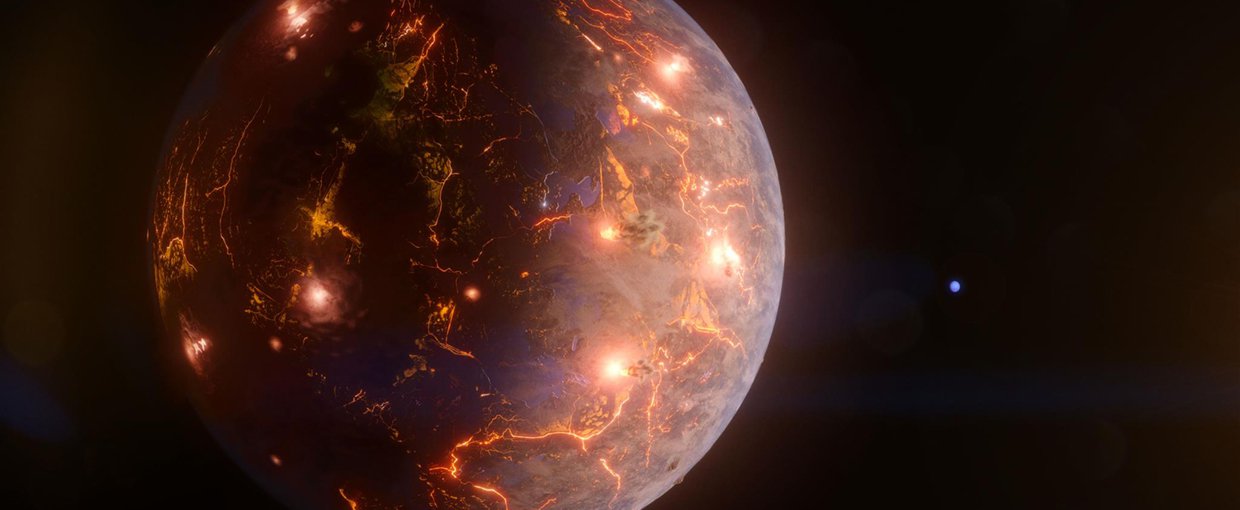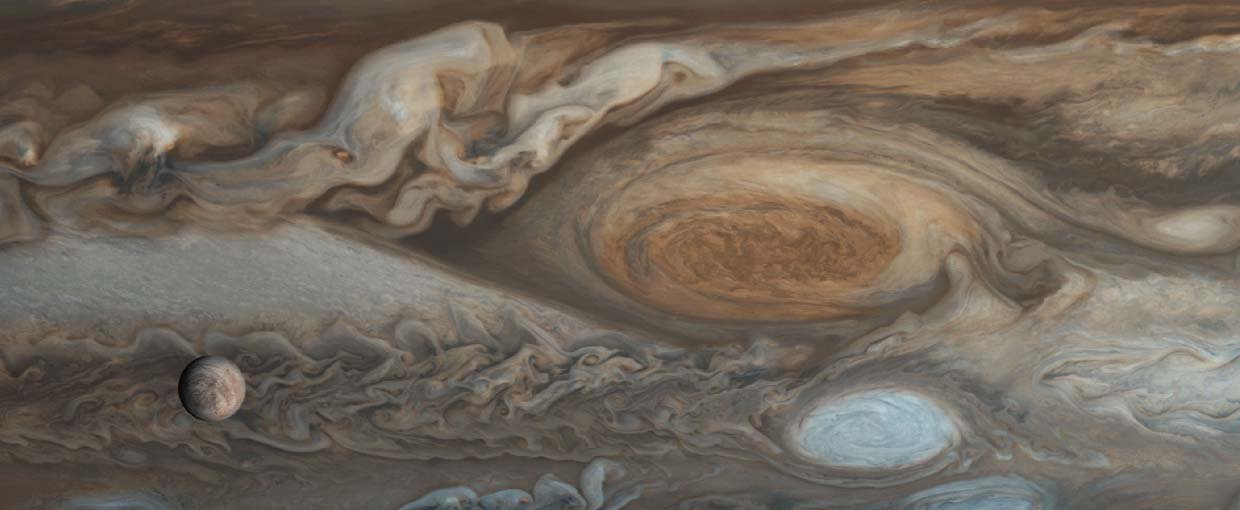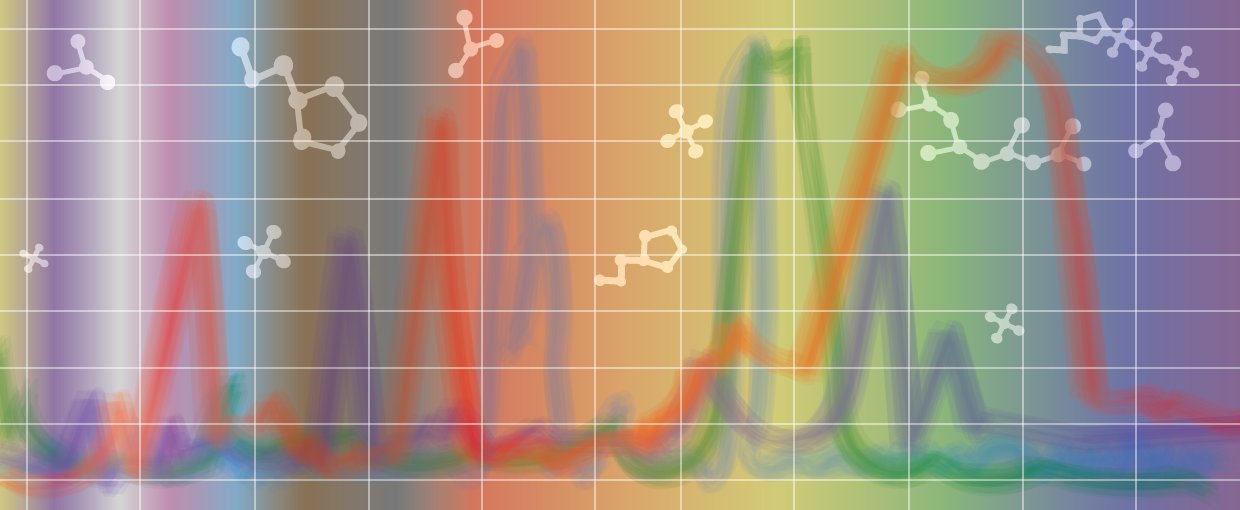Duan, Y., Severmann, S., Anbar, A. D., Lyons, T. W., Gordon, G. W., & Sageman, B. B. (2010). Earth and Planetary Science Letters, 290(3-4), 244–253. doi:10.1016/j.epsl.2009.11.052
Ferry, J. G. (2010). Annals of Microbiology, 60(1), 1–12. doi:10.1007/s13213-009-0008-5
Goldblatt, C., Zahnle, K. J., Sleep, N. H., & Nisbet, E. G. (2010). Solid Earth, 1(1), 1–3. doi:10.5194/se-1-1-2010
Jiang, S., Bralower, T. J., Patzkowsky, M. E., Kump, L. R., & Schueth, J. D. (2010). Nature Geosci, 3(4), 280–285. doi:10.1038/ngeo775
Li, C., Love, G. D., Lyons, T. W., Fike, D. A., Sessions, A. L., & Chu, X. (2010). Science, 328(5974), 80–83. doi:10.1126/science.1182369
Najita, J. R., Carr, J. S., Strom, S. E., Watson, D. M., Pascucci, I., Hollenbach, D., … Gorti, U. (2010). The Astrophysical Journal, 712(1), 274–286. doi:10.1088/0004-637x/712/1/274
Ouellette, N., Desch, S. J., & Hester, J. J. (2010). The Astrophysical Journal, 711(2), 597–612. doi:10.1088/0004-637x/711/2/597
Pál, A., Bakos, G. Á., Torres, G., Noyes, R. W., Fischer, D. A., Johnson, J. A., … Henry, G. W. (2010). Monthly Notices of the Royal Astronomical Society, 401(4), 2665–2674. doi:10.1111/j.1365-2966.2009.15849.x
Papineau, D. (2010). Elements, 6(1), 25–30. doi:10.2113/gselements.6.1.25
Raymond, S. N., Armitage, P. J., & Gorelick, N. (2010). The Astrophysical Journal, 711(2), 772–795. doi:10.1088/0004-637x/711/2/772



